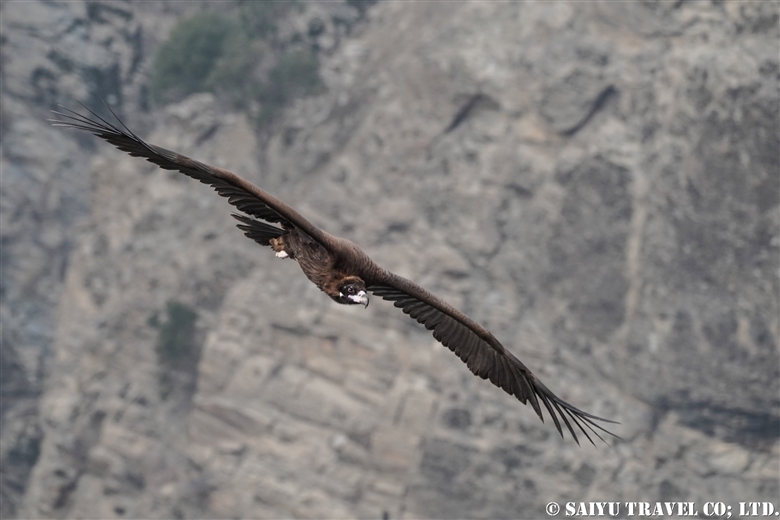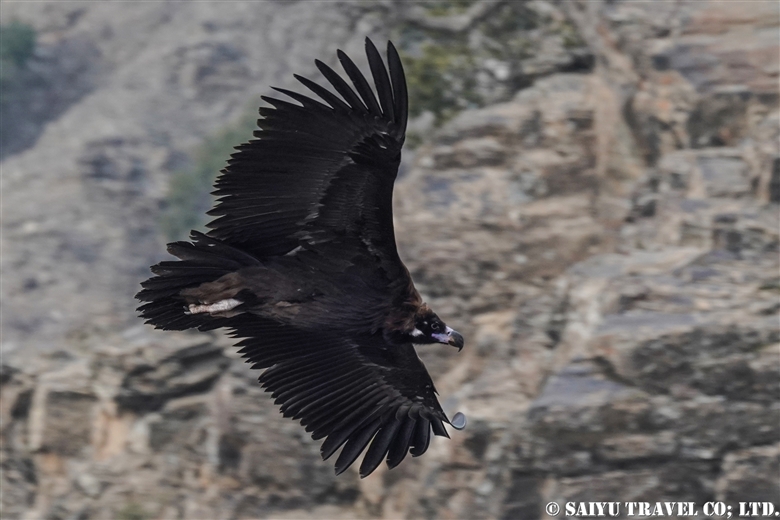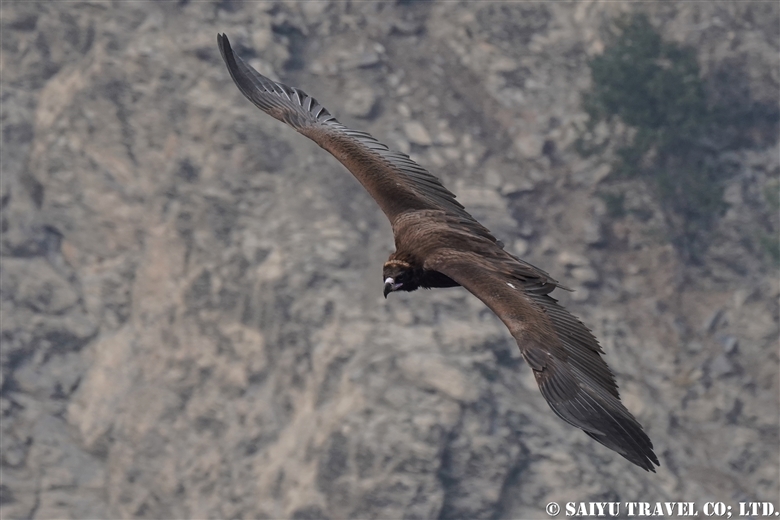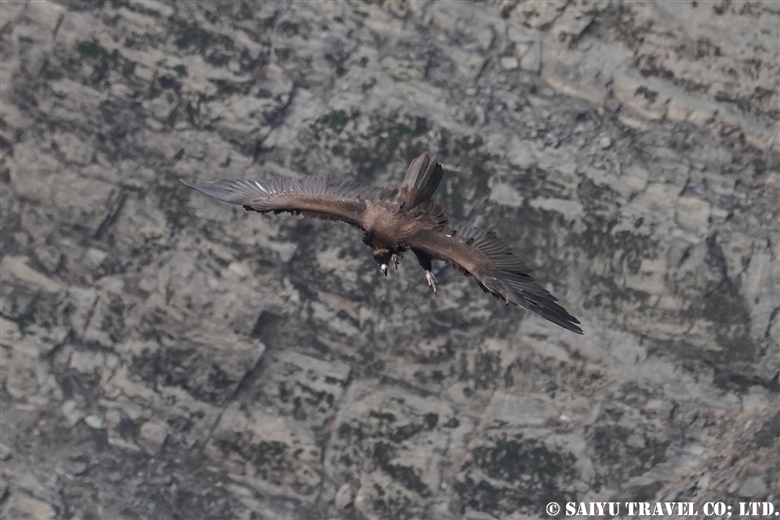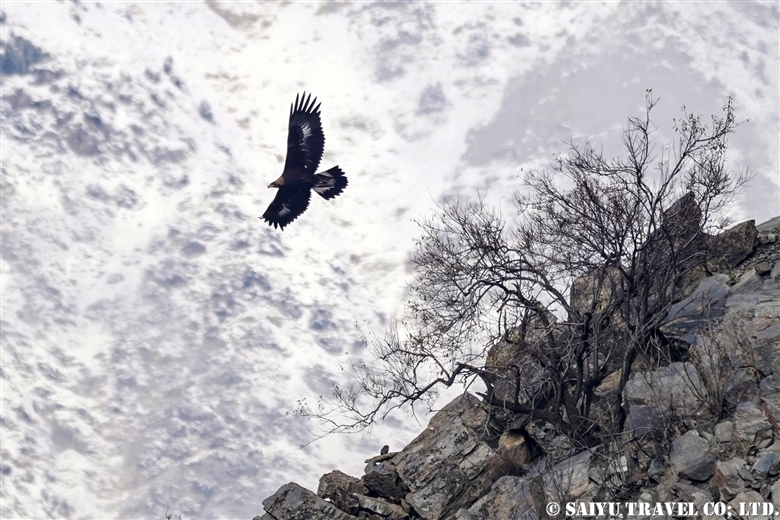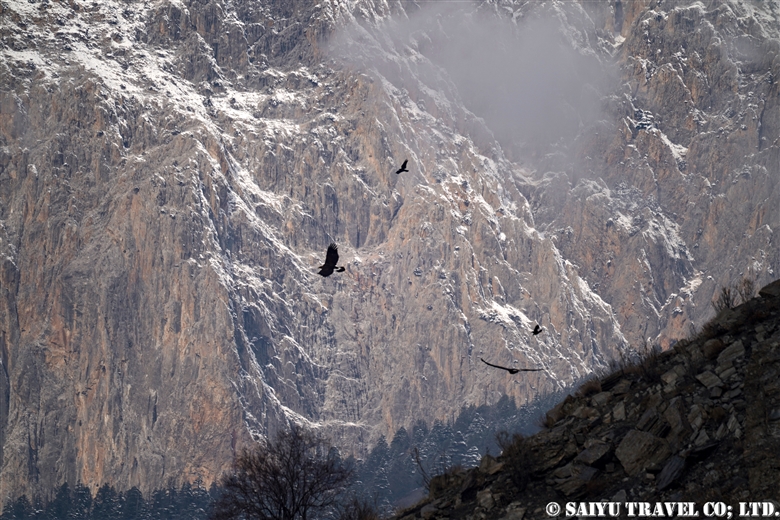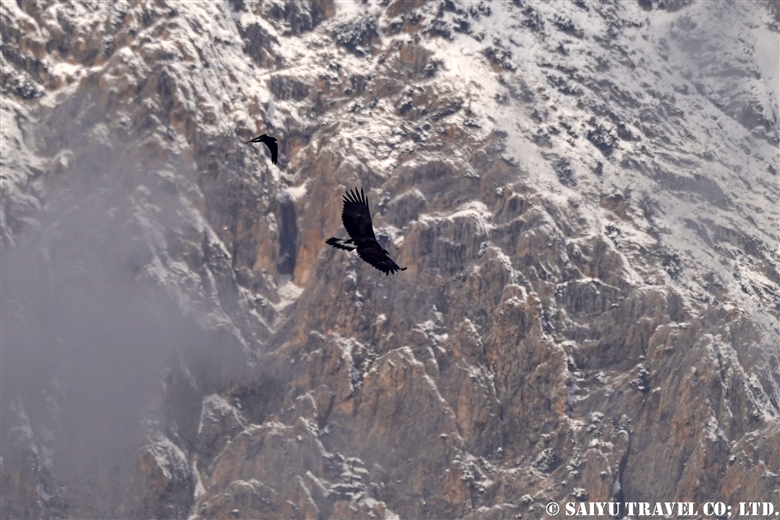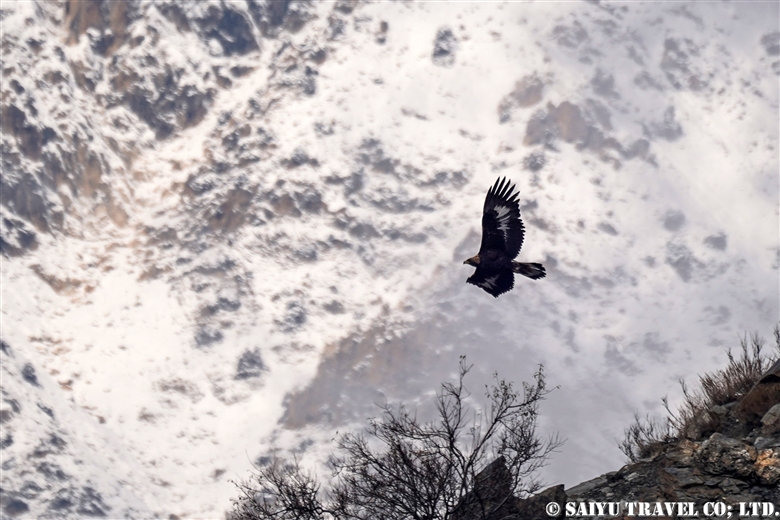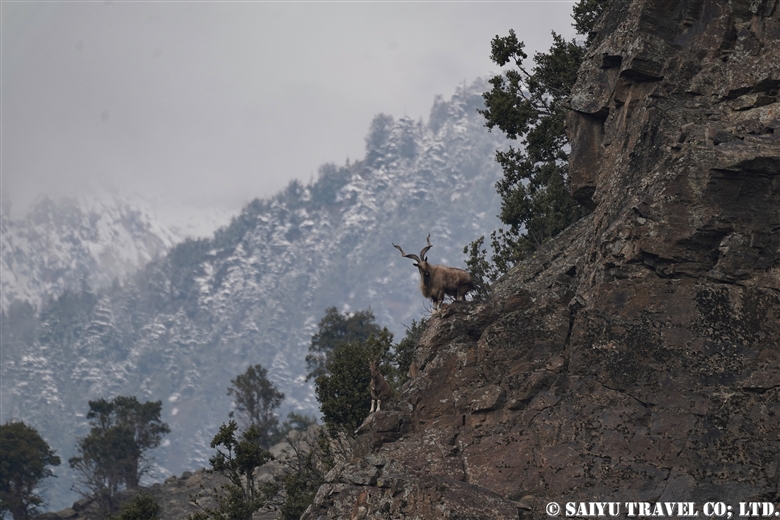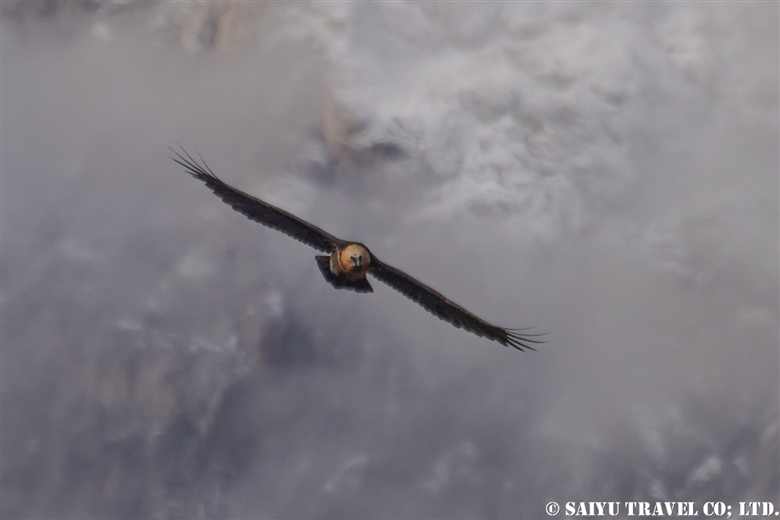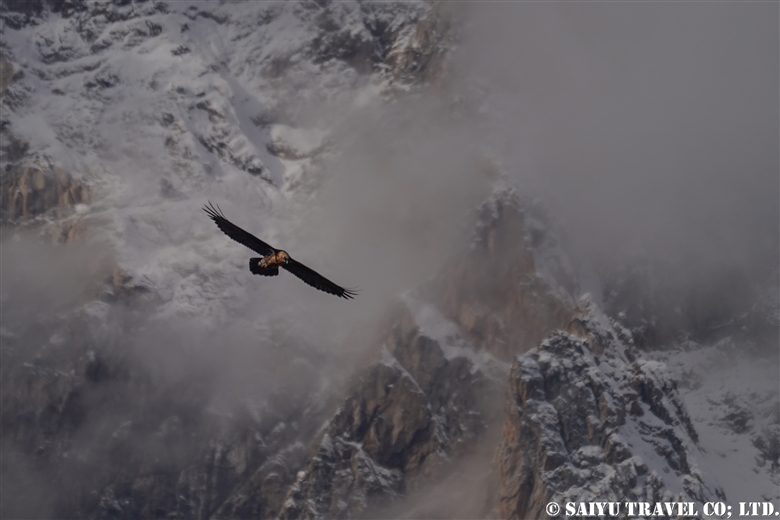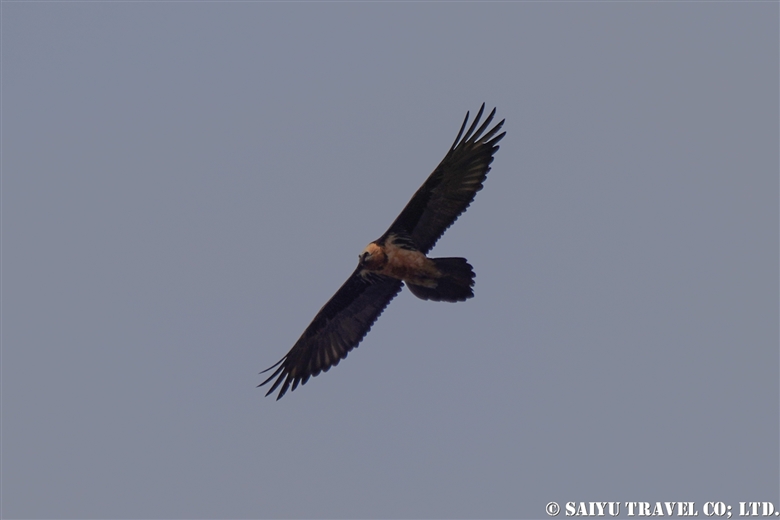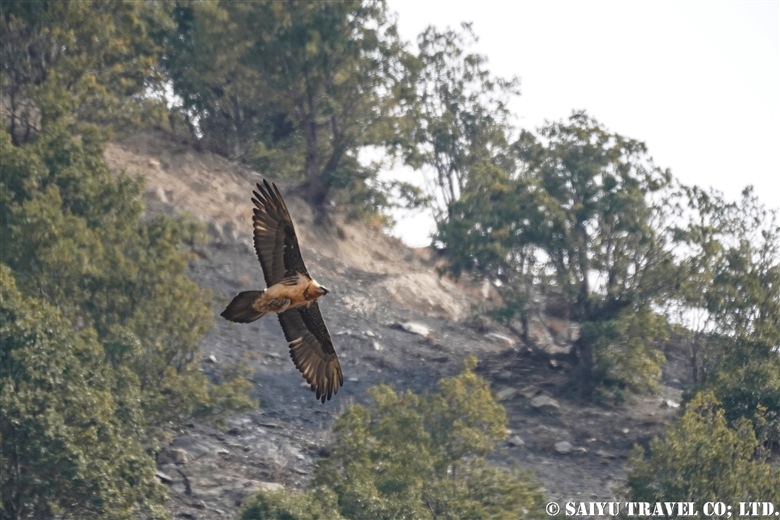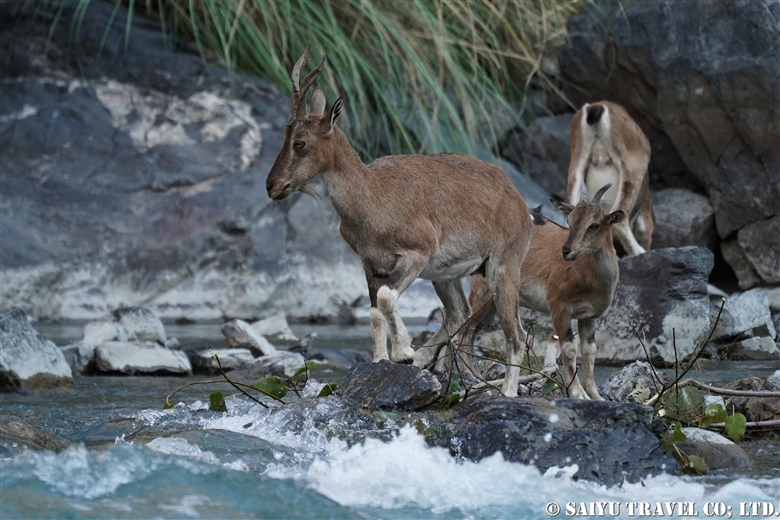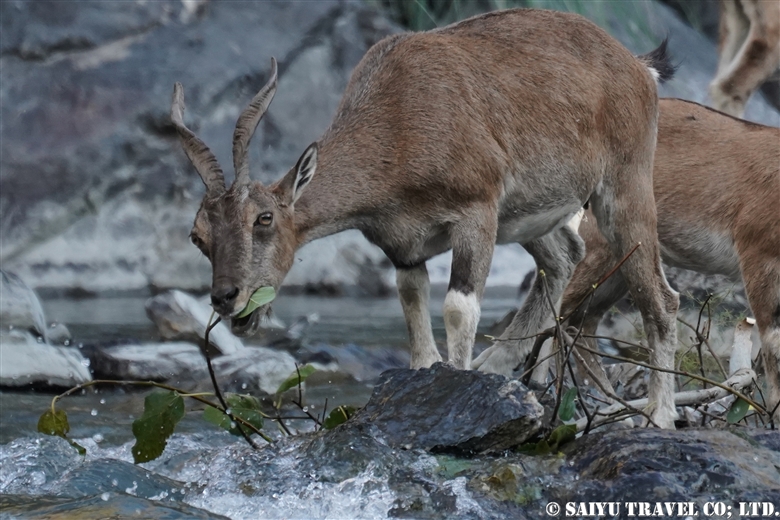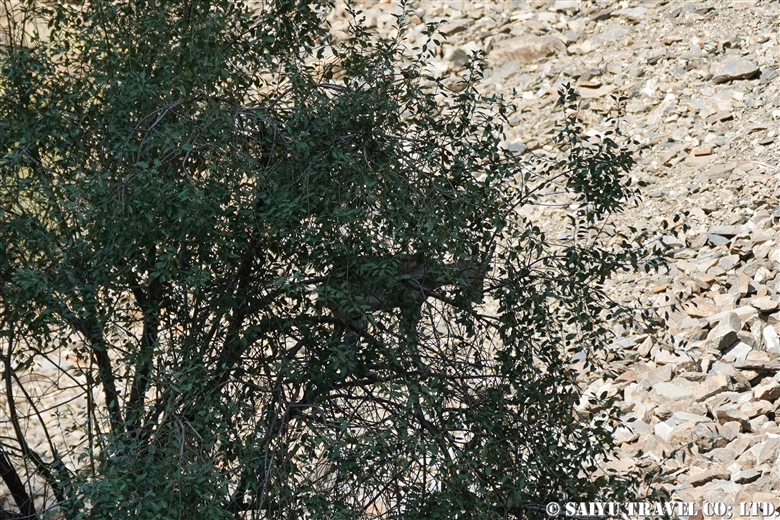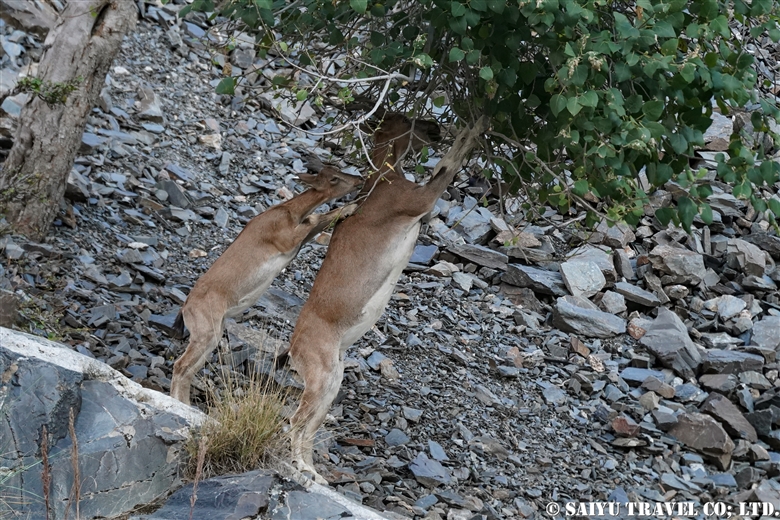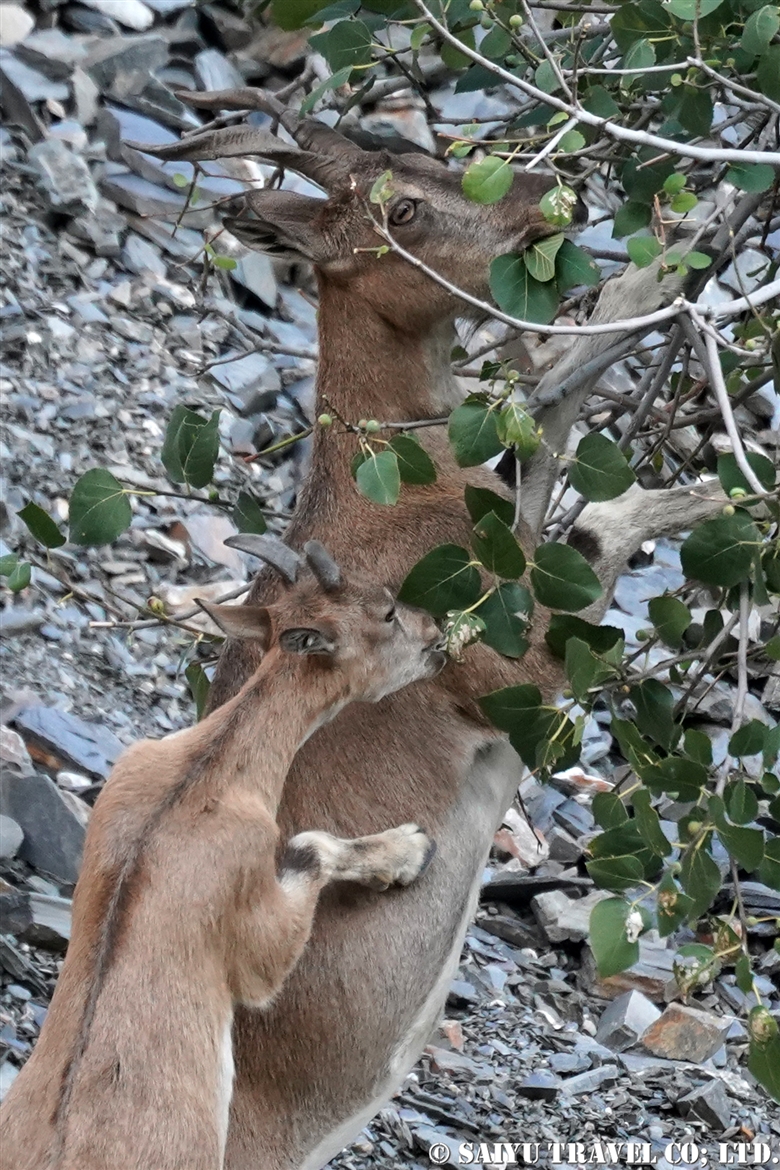
Found wintering in the Northern mountain ranges of Pakistan, the Rufous-backed Redstart (Eversmann’s Redstart), can be found at altitudes of 1,500 to 2,500 meters. They can sometimes be spotted on the mountain slopes of Gilgit-Baltistan to Khyber Pakhtunkhwa.
This is the male Eversmann’s Redstart.

In the summer, they breed in the high-altitude mountainous regions of Central Asia and South Siberia. Then, migrating south to Iraq, southern Iran, the Arabian Peninsula, northwestern Pakistan and northwestern India, they will spend their winters in the mountains.

I saw this bird at Chitral Gol National Park in northern Chitral. We came here to observe the Markhol, but was able to observe this redstart on the mountain slopes while we were waiting for the Markhol to descend.
Photo & text: Mariko SAWADA
Observation: Dec 2020, Chitral Gol National Park, Chitral, Khyber-Pakhtunkhwa
Reference: Helm Field Guide “Birds of Pakistan”
Tag : Rufous-backed Redstart , Saiyu Travel Pakistan , Bird watching in Pakistan , Pakistan Travel company , Birds of Pakistan , Pakistan tour operator , Chitral Gol National Park , Pakistan Photography Tour , Khyber Pakhtunkhwa , Birds Photography Pakistan , Pakistan Blog , Bird watching tour in Pakistan , Pakistan Travel Blog , Wildlife tour in Pakistan , Wildlife of Pakistan , Eversmann's redstart , Indus Caravan












